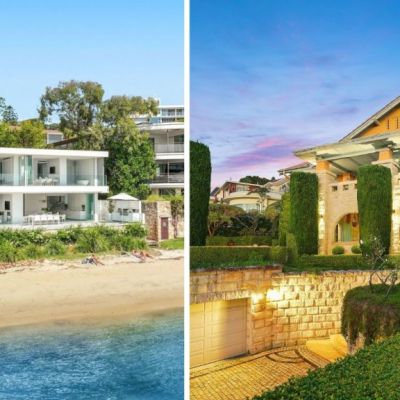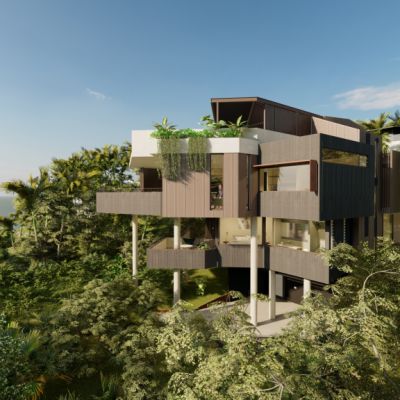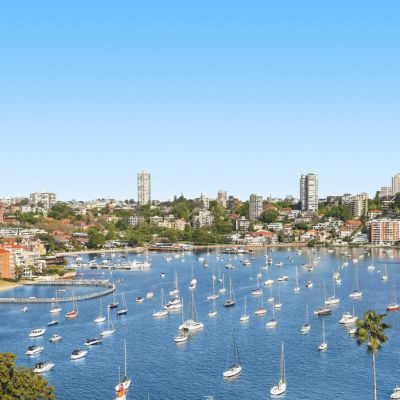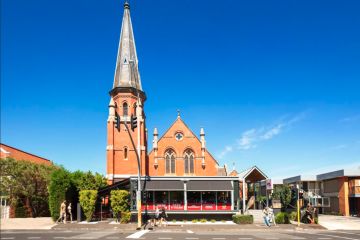‘$200,000 is the new $80,000’: Where even top earners can’t afford a house
Even high-income earners would be locked out of buying a house in many suburbs due to the double whammy of high property prices and high interest rates, new modelling shows.
A worker paid $150,000 a year could afford to buy a house in just 2.3 per cent of suburbs in Sydney and only 24.3 per cent of suburbs in Melbourne, CoreLogic figures show. They could afford 27.6 per cent of Brisbane suburbs and 31.7 per cent in Perth.
If that worker was in a dual-income couple with a partner paid the same, their budget would stretch to just over half the suburbs in Sydney and four in five in Melbourne.
Even a couple paid extremely high incomes of $300,000 each would not be able to break into a handful of Melbourne and Perth neighbourhoods – and would be priced out of at least 60 suburbs in Sydney.
The figures come after the Reserve Bank held the cash rate at a high 4.35 per cent again this week, limiting how much money buyers can borrow, while property prices have not fallen nearly as much as borrowing capacity.
The research assumes a single worker on $150,000 could borrow $612,000, based on Canstar modelling.
The hypothetical worker has saved a 20 per cent deposit of $153,000 to take their maximum spend at auction to $765,000.
A couple on $150,000 each who also saved a 20 per cent deposit could buy a home worth $1.53 million, while a couple on $300,000 each could pay $3,111,000.
The typical house in Melbourne’s Brighton and Deepdene costs even more, while there were not enough sales recorded in ritzy Toorak to calculate a median value.
In Sydney, the same couple could not afford the typical house in suburbs such as Turramurra, Cammeray, Lane Cove, Concord, Balmain East, Abbotsford, Malabar, Coogee or Clovelly. If they chose an apartment instead, all suburbs are within reach.
In practice, many high earners are receiving help from family, selling a unit to upgrade, or selling an investment property. But the modelling lays bare the challenge for a worker from a modest background who has achieved a high-paying role but would struggle to buy a family home on wage income alone.
“The high income of $150,000 still provides access to a surprisingly low proportion of markets, particularly for singles, particularly for the house market,” CoreLogic head of Australian research Eliza Owen said.
“Even very high-income Australians are facing being priced out of certain markets … It doesn’t matter if you’re on a very high wage, the housing market is more intergenerational wealth game at this stage.”
She said higher-income earners tended to come from wealthier households and may have access to an existing asset such as a starter home.

“[Prices in] the most exclusive areas are still prohibitive even for extremely high-income earners who don’t have additional wealth to break into the market.”
For mortgage broker Aaron Christie-David, the issue of limited borrowing capacity comes up regularly for high-income earners in technology, finance, medicine, law, accounting and business.
“$200,000 is the new $80,000 – $200,000, to me, doesn’t go very far,” he said, in terms of how much money a worker on that salary could borrow.
He acknowledged most people would not feel sorry for someone paid $200,000, but he said many highly paid professionals have expenses such as a car lease, a HECS debt, professional attire, and they need to have private health insurance.
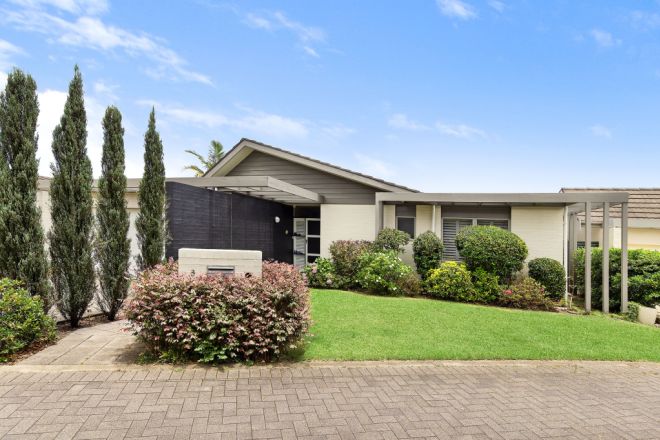
When he tells them how much they can borrow, “They are a little bit shocked when we come back to them with these numbers.
“It’s very quickly that high income now dissipates … actually, to live in Sydney, I’d say $250,000 is a minimum.”
He said couples may choose to buy a stepping-stone property – a smaller first home they will outgrow – or a “double income, no kids” couple is ideally placed to buy a stretch property that they will grow into, even if the initial repayments are higher.
Many receive gifts or guarantees from family, he said. Some pay lenders’ mortgage insurance, while some professionals, such as lawyers, can avoid LMI. Some buy further away and work from home or commute, others buy an investment property and rent.
Canstar data insights director Sally Tindall said many home buyers in expensive suburbs are not first home buyers.
“The housing market in certain property hotspots is just off the charts. Even with prices cooling, a lot of suburbs are well out of reach even for some high-income earners,” she said.
“[The RBA] has really put people’s maximum borrowing capacity through the shredder.”
She encouraged high-paid workers to set a clear goal, such as buying their first home within a set time frame, to help keep focused.
“Try to make 2025 the year you put that first foot on the property ladder.”
We recommend
States
Capital Cities
Capital Cities - Rentals
Popular Areas
Allhomes
More
